From the Burrow
Varjo Gets Raw Glsl Functions
Yesteday I added the ability for varjo to use blocks of raw glsl code which was a feature I have had a couple of requests for.
The raw blocks are presented as functions and you have to specify the arguments and return type using varjo syntax. This allows varjo to perform the type checks that make this raw function safe to use in your shaders.
The body however is a string and as such I am not doing any checks to ensure the code is valid. If you lie to the compiler things will break :)
This is how a function can be created and used in shaders. Notice that like all external functions it will be automatically included if used in any shader.
VARJO> (v-def-raw-glsl-func raw-test ((a v-int) (b v-float))
v-float
"return a * b;")
VARJO> (defshader test-shader ()
(raw-test 1 2.4))
#<VARJO-COMPILE-RESULT {25EA8929}>
VARJO> (glsl-code *)
"#version 330
float raw_test_1v(int a, float b);
float raw_test_1v(int a, float b) {
return a * b;
}
void main() {
raw_test_1v(1,2.4f);
}
"
One thing I would also like to add is some extra syntax to allow calling out to shader functions written in lisp. This should be pretty easy but I have a HUGE list of other things to implement first so that will have to wait for now.
Seeya folks
Back From Antartica
Heya folks, I’ve just got back from sailing to Antartica with the JST. This was simply incredible in way I just can’t work out how to put into text yet, but will soon.
Also I have lots of things I want to add,fix & tweak for my lisp projects so watch this space as, work permitting, I should be putting out a fair bit of stuff this year.
Hope you are all well, Ciao
Here is the a quick preview of what we have been up to!

FUCK YEAH
#<CODE {100752B7A3}>
Class: #<STANDARD-CLASS CODE>
Group slots by inheritance [ ]
Sort slots alphabetically [X]
All Slots:
[ ] CURRENT-LINE = "mix(1.0f,2.0f,0.5f)"
[ ] INVARIANT = NIL
[ ] OUT-VARS = NIL
[ ] RETURNS = NIL
[ ] TO-BLOCK = NIL
[ ] TO-TOP = NIL
[ ] TYPE = #<V-FLOAT {100751FFE3}>
[set value] [make unbound]
slime-inspector never looked so good!
Getting Close
Been a crazy week of headbuttng a macbookpro until a cocoa application worked followed by a fantastic demoparty (thanks everyone at kindergarten for a phenominal weekend!).
I’m finally back in lisp code (phew!) and I’m around 2/3rds of the way through a rewrite of the Varjo lisp->glsl compiler.
The reason for the rewrite now is that someone asked for a tour through the code explaining how it worked…after 5 minutes of reading I decided it could only be dark-magic holding it together so I have tried to rewrite it to take into account a few of the things I’ve learnt.
Given that I wrote it when I really didnt know anything about glsl I had a lot to change! I have also taken a few of the additions from cepl I had been hacking on and made them core features of the compiler. The big one in this category is you can define shader functions that are only included in the glsl source if they are used. This means you can make a nice ‘standard library’ of functions for your shaders and know they won’t be included unless they are used in a given shader.
There are also macros (regular for now much compiler soon) and generic functions.
I’m hopefully finishing the last of the argument validating this evening and then I think the last big things are reimplementing the special functions and rewriting the string generation. Hopefully I will be done in a week or two.
Right, enough procrastinating, back to work!
CEPL meets SDL2
Hey folks, Another cool week or so as cepl appeared in the lisp subreddit and the videos got 980 views in one day, which for me was pretty exciting!
One of the things that came up very quickly was some issues on osx which I originally thought was down to immutable textures. So I added mutable texture storage and the problem still persisted.
Thanks to the fantastic people reporting bugs and in the irc channels I was informed that on some systems when you create a opengl context it picks a lower profile unless you specifically request a higher one. These request functions are only available in sdl2 so I have very hastily ported to sdl2.
This is obviously still a project in the alpha stage of development (is there an earlier term as I’m still working out what this project will be?) so there are plenty of bugs. If you do find them and have a chance please email me or make a bug report in github. This is a part time project but I want to get it in a state suitable for real experimentation with graphics so I will get to the bugs, just slowly sometimes :D
Righto, thanks for stopping by.
Oh almost forgot I have added a very crude compile chaining system so now when you compile a shader stage or sfun it will compile any stage or pipeline that uses it. Woo! I have doen this is a really hacky way but it proves the behaviour is nice so I will build from there.
defsfun
One of the recent changes to CEPL has been to add the defsfun macro. This allows defining a shader function that doesnt belong to particular stage, if you use it in a shader it justs gets added to the code.
Here is an example of one:
(defsfun sphere ((p :vec3) (r :float))
(return (- (length (* rot p)) r)))
Now the goal of Varjo was to make shader code look and feel like lisp so the following thought should have been obvious to me from the start but it wasnt. The thought is that if this is so nearly lisp then I could implement lisp versions of a few functions and have a lisp version of a shader that I can run locally for easy testing.
Again, this should have been obvious but I’m quite excited about the posibilities. As I have alreay wrapped the datatypes I can just pass the local version a c-array rather than a gpu array and get it to work.
Obviously the local versions would be too slow to use for rendering but would be great for testing and development in the repl. Also as the shader functions require types w can translate these into declares that will help with the efficiency.
This is a fair way down my list of things to do but after I have nailed time and space abstractions down a bit I will revisit this.
Phew! Lots Happening
It has been a crazy few months. I got offered, and accepted, a job at a startup in Norway so about a month back I moved and set up in Oslo.
I’d finally settled in and suddenly CEPL turned up on reddit and people were checking it out, which was great…except I had been making loads of breaking changes in master so it was a bloody mess!
Things are really coming along well though so I need to make some videos showing how the memory handling works. I think I’ll do that tomorrow.
The most recent change I have been making is a rewrite of CEPL’s front-end to the Varjo shader compiler. Previously, when you defined a shader pipeline in CEPL you have to write the shaders inside the defpipeline form. Now they can be defined as separate entities and then the defpipeline stitches them together. Also you can define individual functions outside of the shader stages and they will get mixed in only if they are used in a stage. Along with shader macros I now have some nice tools to experiment with different ways of extending glsl.
I am going to rewrite my ray marcher example to use these features to see what effect it has on the ease of writing and reasoning about the shader pipeline.
Here is a video of the compiler stuff:
Ironman Armor Build
This is a photo dump from a build I just completed for a friend. I will be back to add detail to this soon. Ciao!
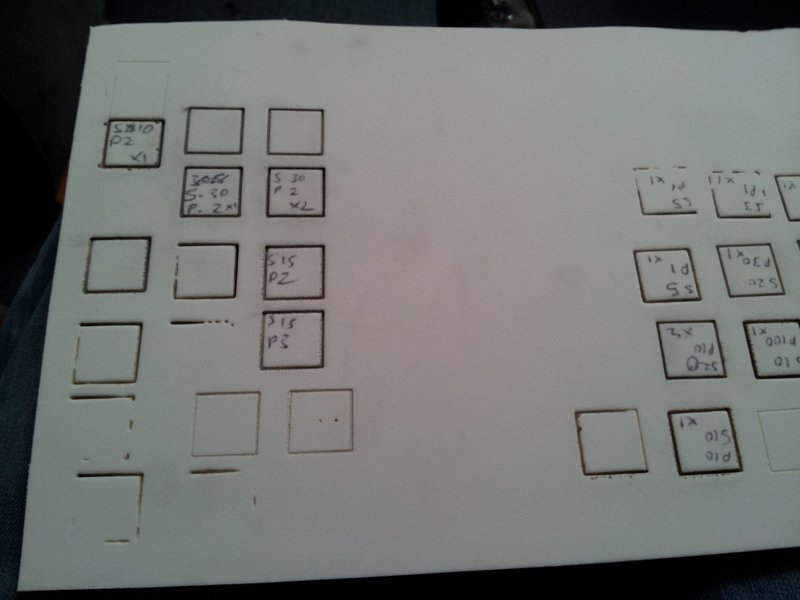
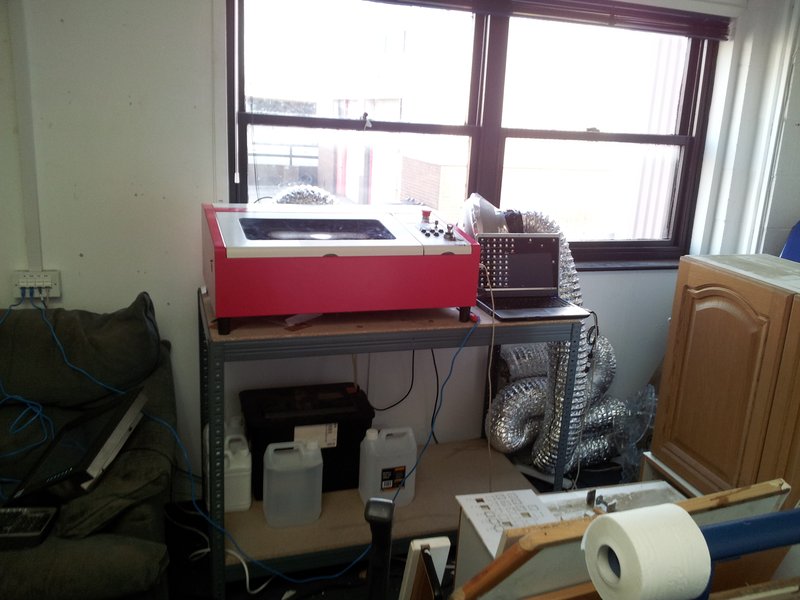
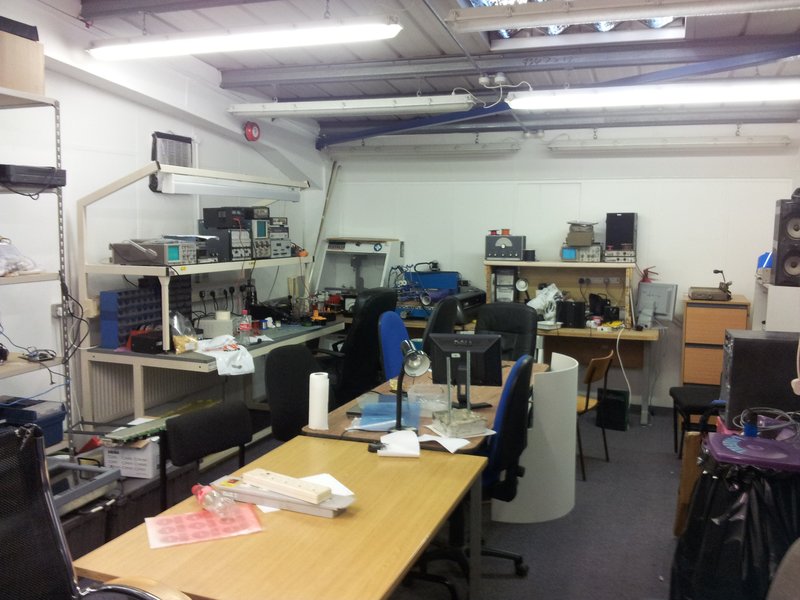
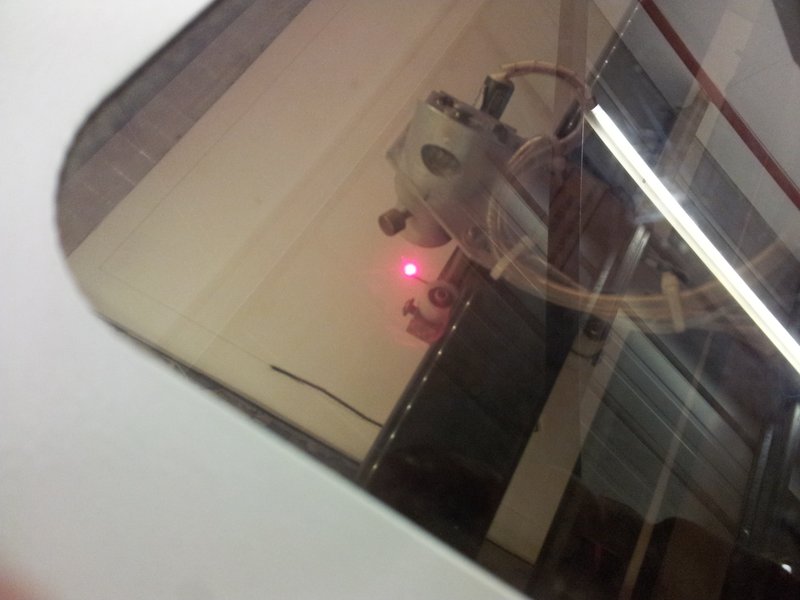
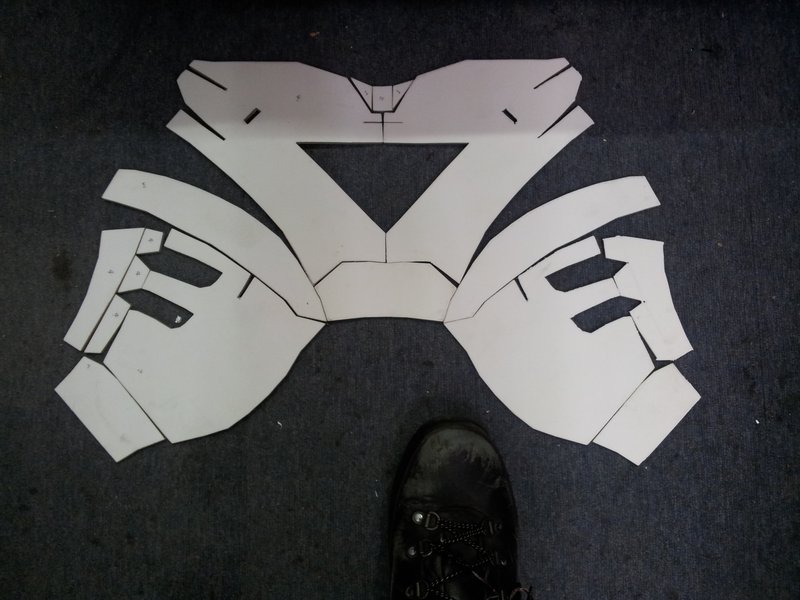
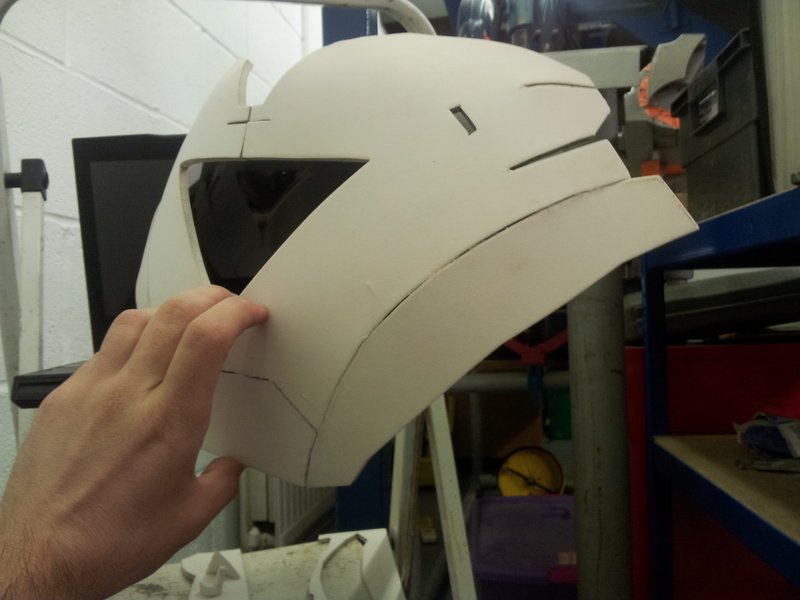
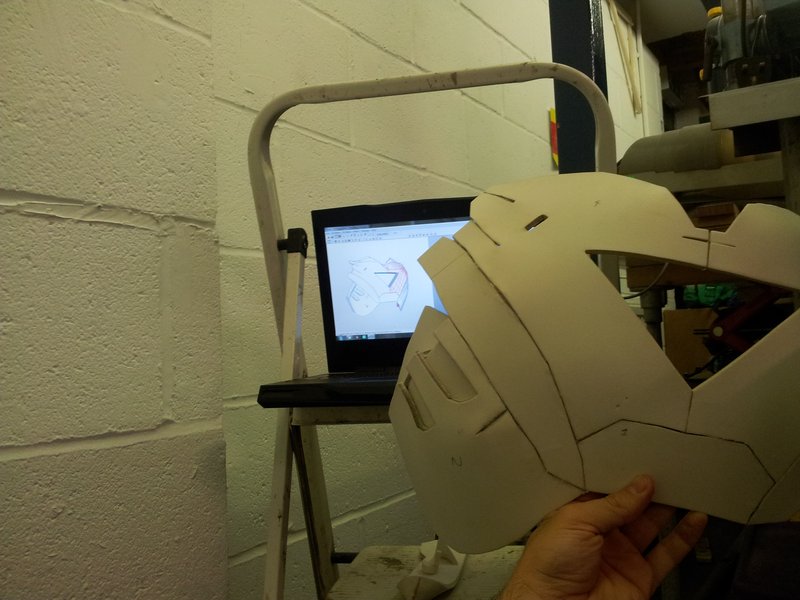
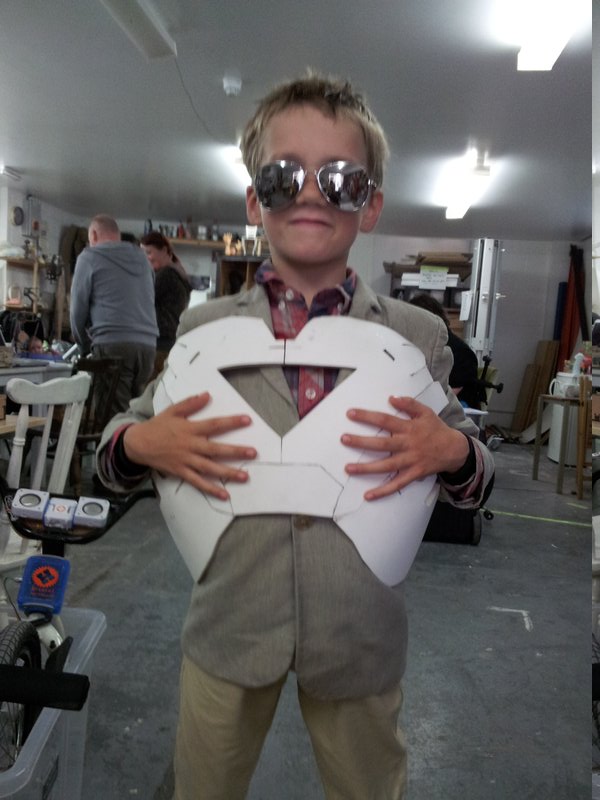
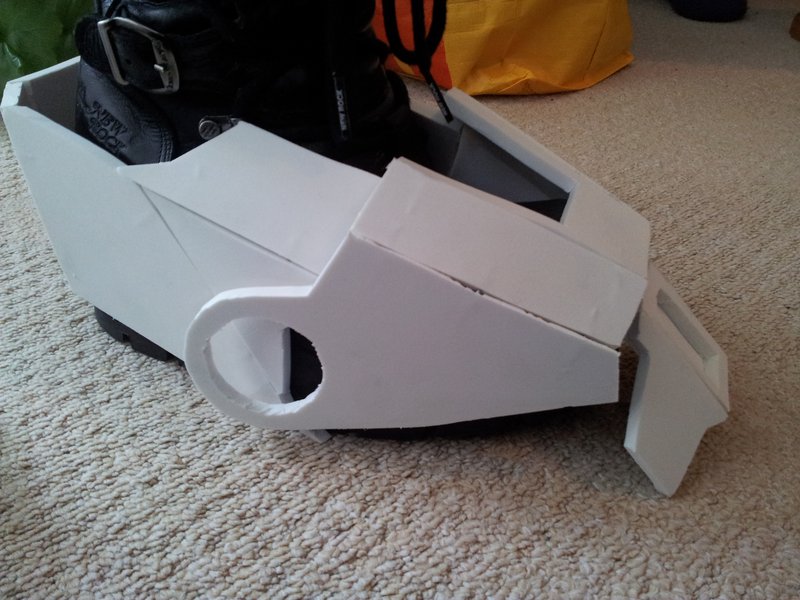
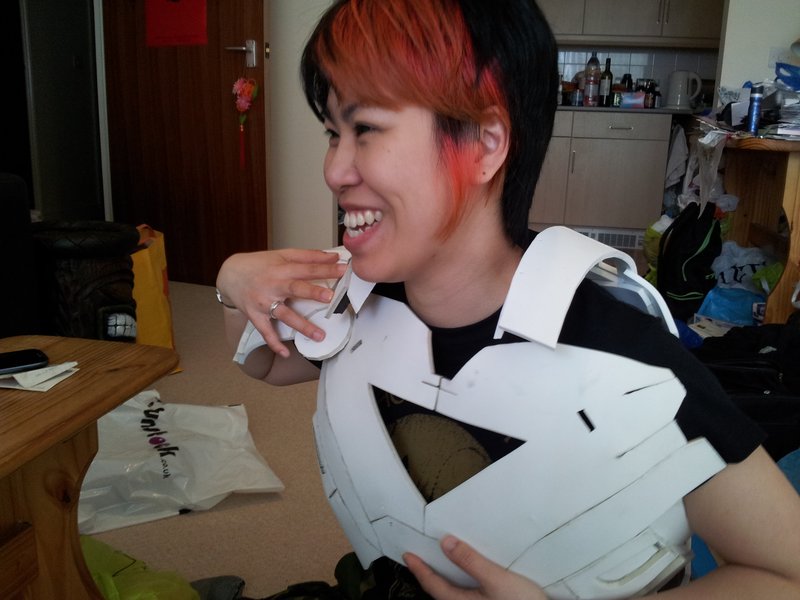

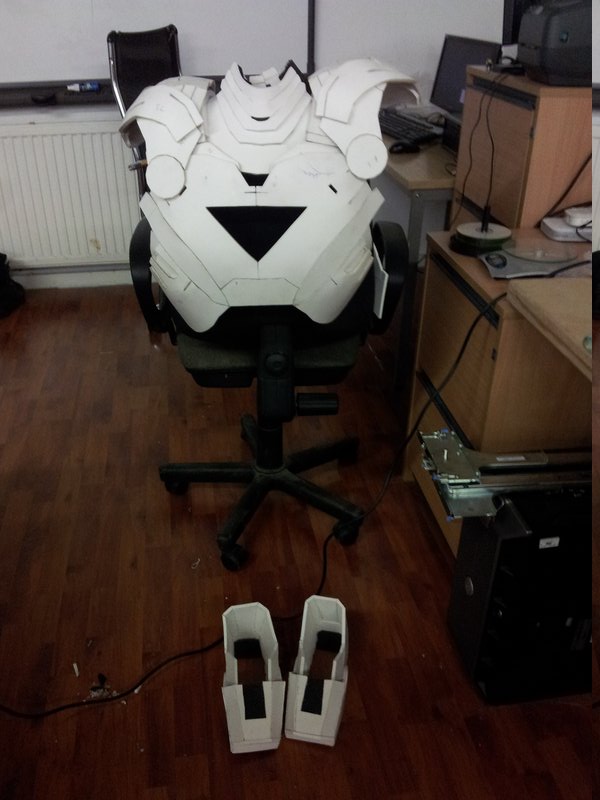
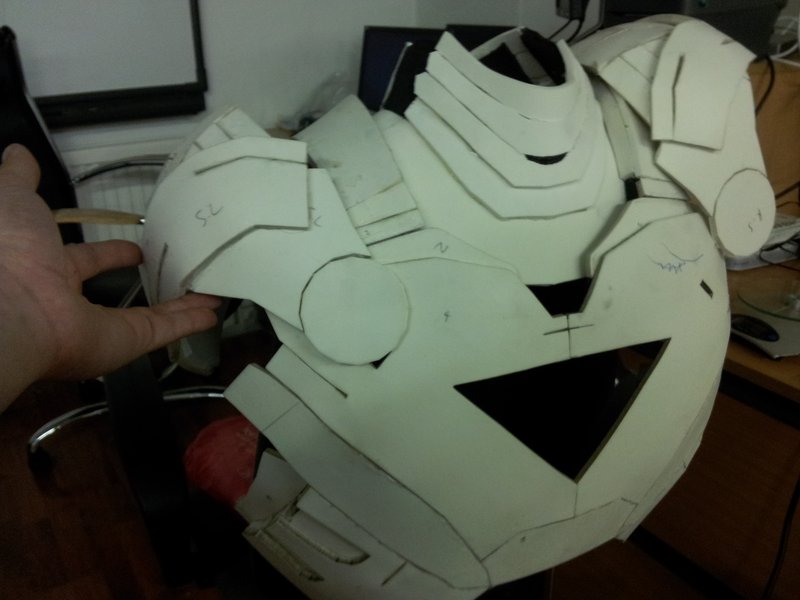

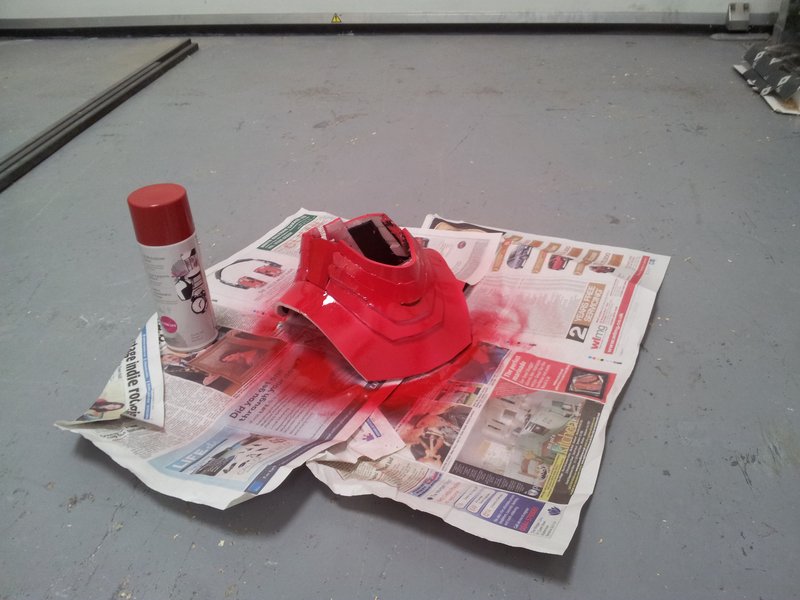
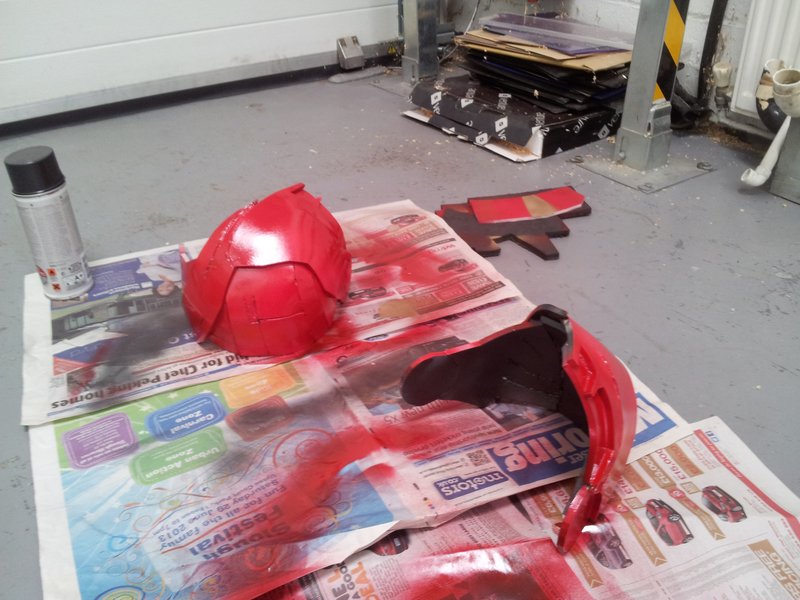
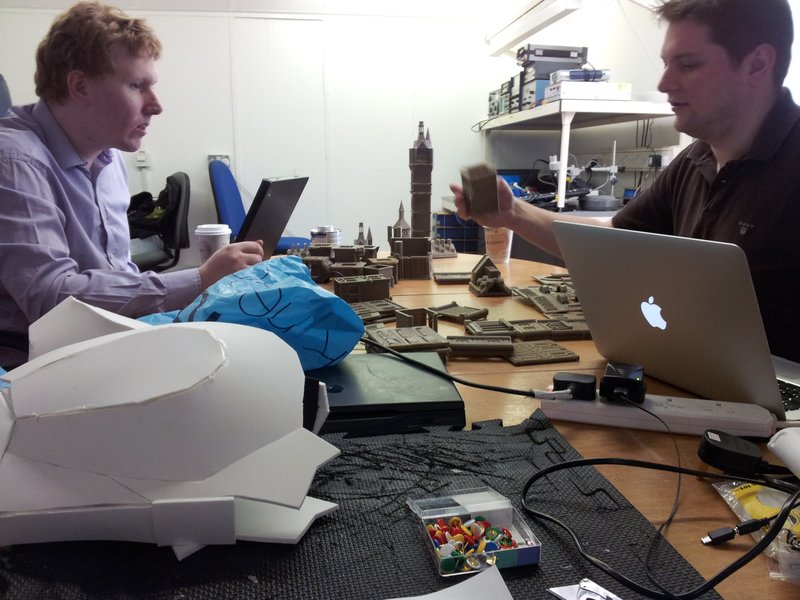
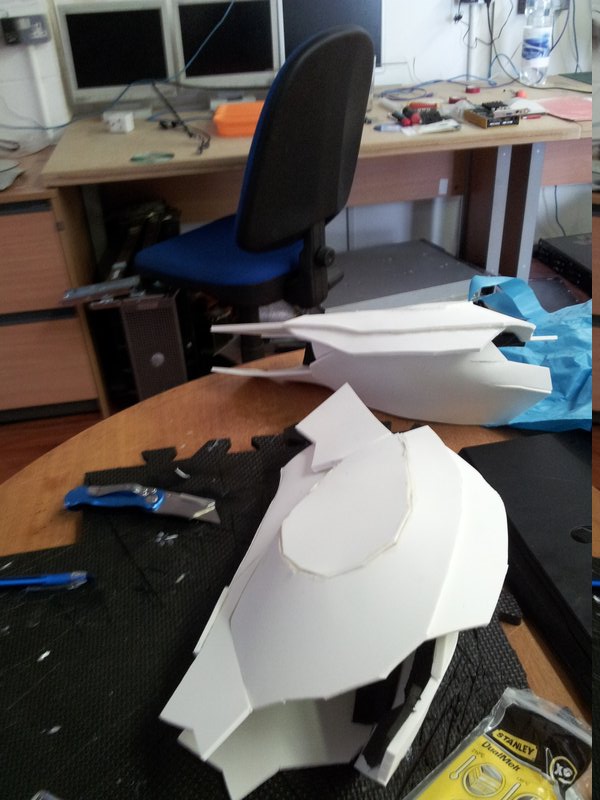
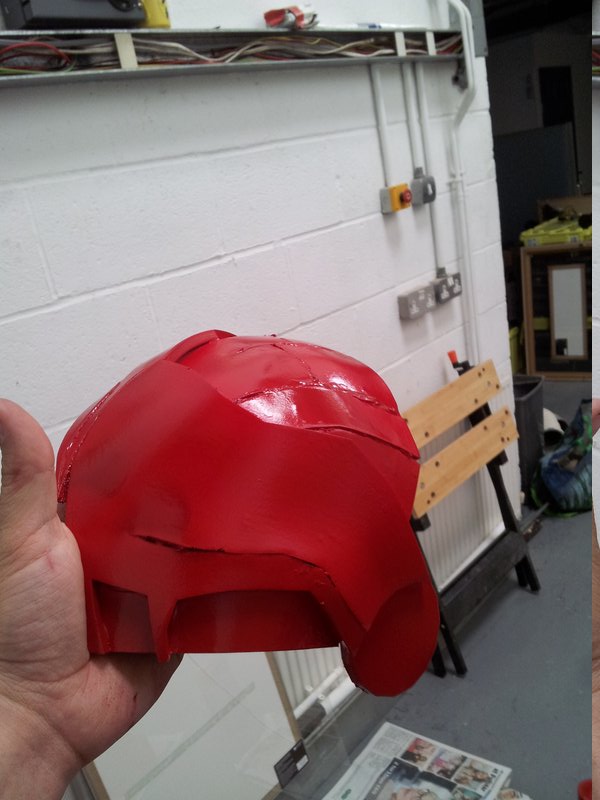
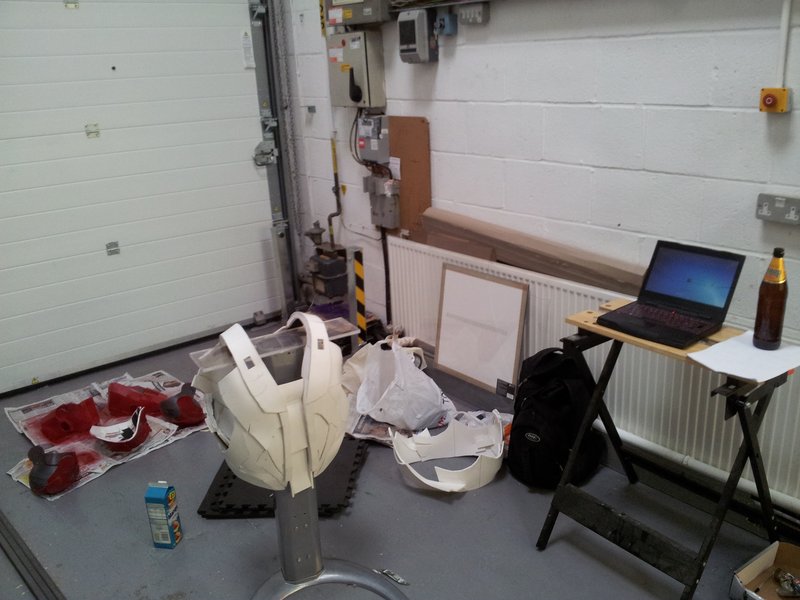
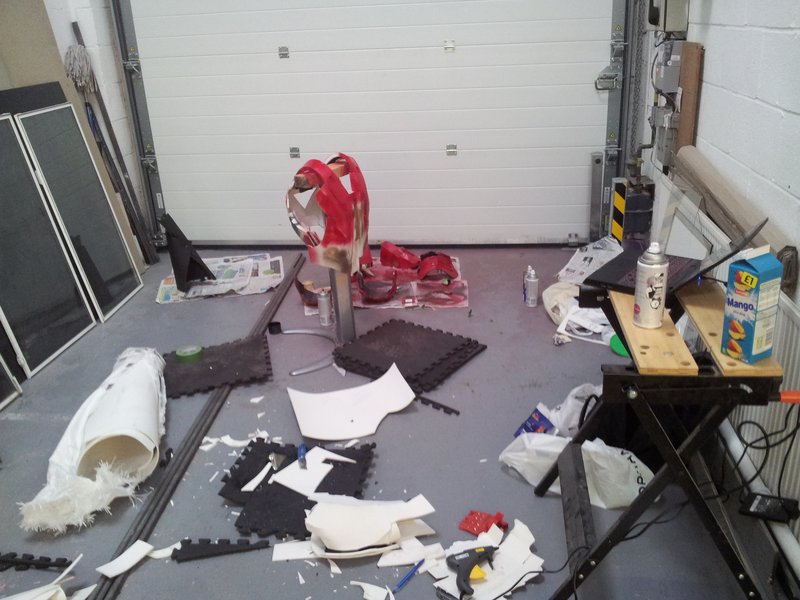
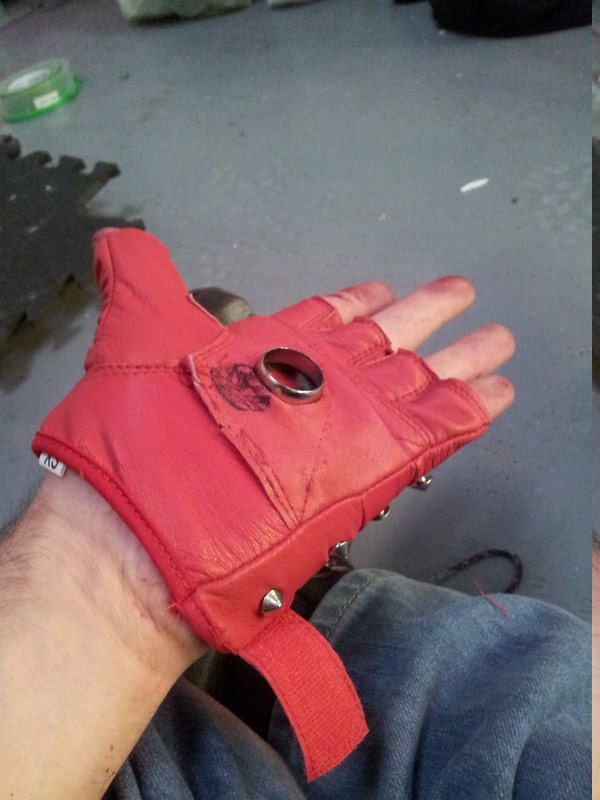
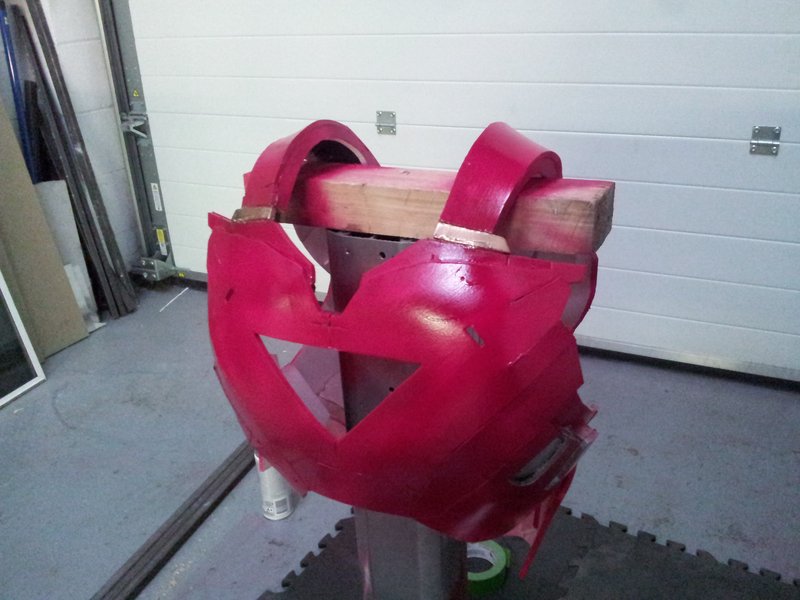
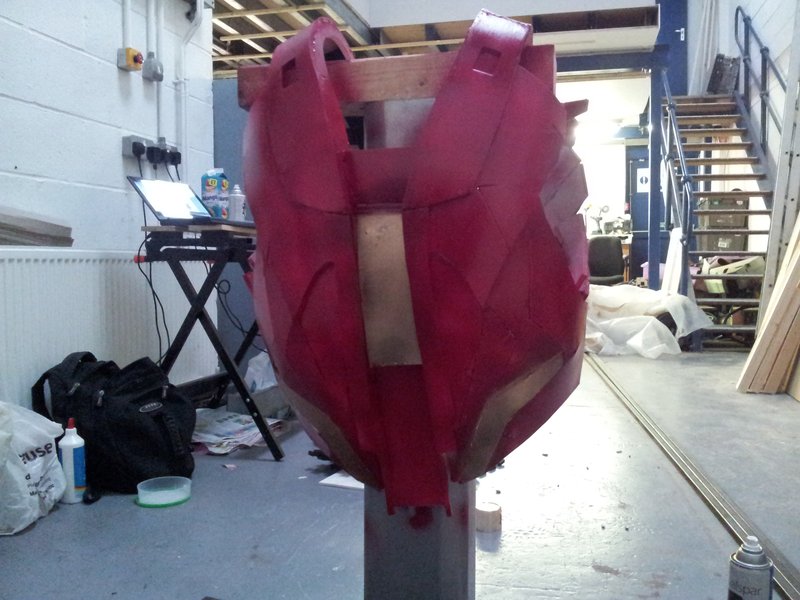
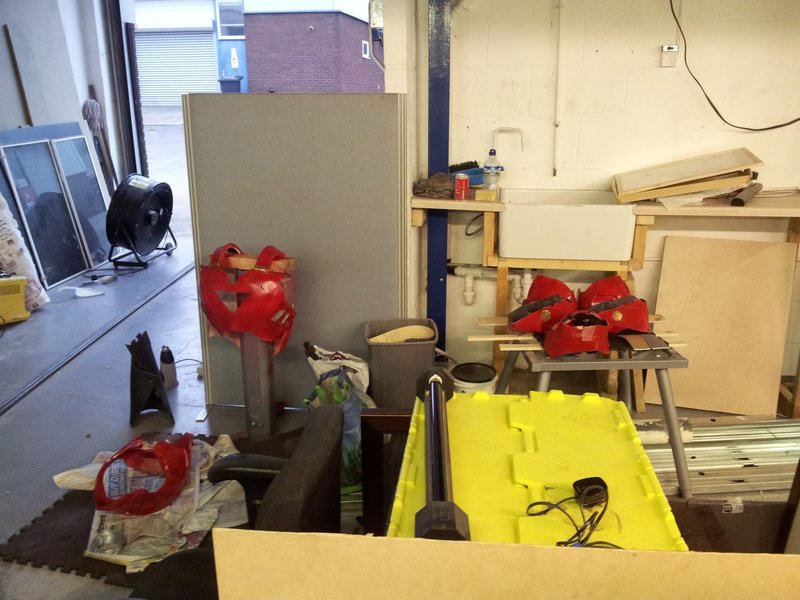
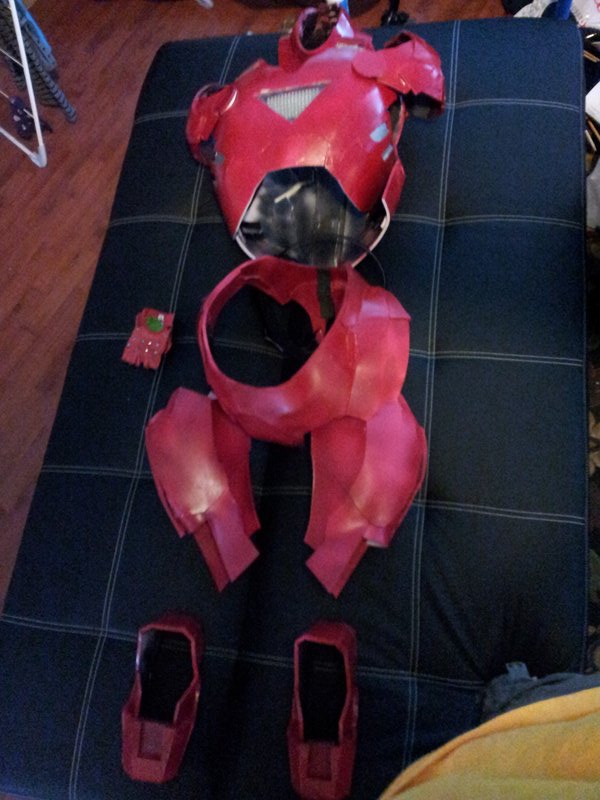







(+ 'ECL 'QT)
EQL!
EQL does look like the absolute answer to my app making prayers. It is a set of ECL bindings for QT which should mean I’m able to both use the power of real-time development, the excellent GUI designing tools of QT and still have small executables thanks to ECL.
The only issue is I can’t install it :b !
Yeah I’m having problems compiling it just now, though I have written to the author to see if he can give any advice. Whatever I find out I will post here.
It is no understatement to say I’m very excited! To be favourable on mobile devices an app really should be as small in size and memory footprint as possible, and this might just let me do both in one fell swoop!
Here’s hoping!
Common Lisp on the Nexus 7
Right now I’ve got Ubuntu on this Nexus, I’m going to want to code something for it. It’s already set up for C and python dev but not a drop of Lisp in sight (gasp)!
In this post I’m going to get two versions up and running on the Nexus. ECL and Clozure.
To make this easier for yourself make sure you have installed ssh so you can do all of this from a real keyboard!
sudo apt-get install ssh
ECL
ECL is a great fit for this platform as it compiles down to C code so the executables are small and the tight integration with the FFI will make this very useful. Also it is super easy to install as it is in the repos.
sudo apt-get install ecl
and your done! Obviously your going to want to have more than just the repl so further down in this post we will look at installing Emacs and Slime.
Clozure
Next is Clozure. Now I’m usually working in SBCL when I’m on a regular machine (mainly as that’s what my mate set me up with when I started learning!) but Clozure (I believe) has had an Arm port for a while longer and also SBCL’s install process for Arm was a bit hairy for a beginner like me.
Setting up Clozure involves a little bit more work than ECL, but not by much.
Right so once you are ssh’d into yout tablet, you need to pull the latest version of Clozure from the repository.
svn co http://svn.clozure.com/publicsvn/openmcl/trunk/linuxarm/ccl
Note: I'm using the build from trunk which is not guarenteed
stable, it may be worth trying the release version instead
but as I have not tested this yet I can't show the steps here.
If you do try it, please let me know how it went!
Once that has finished we need to make a quick change to the config as, as default, Clozure for Arm7 is set up for soft floating point. We need hard. So:
cd ccl/lisp-kernel/linuxarm/
make clean
Now you need to open up the ‘float_abi.mk’ file in your favourite editor and uncomment the hard float line and comment out the soft float one. After the change the file should look like this:
# This file should define FLOAT_ABI as one of "softfp" or "hard".
# If you change this, do 'make clean' to remove any object files
# compiled for the other ABI.
#FLOAT_ABI = softfp
FLOAT_ABI = hard
We are almost done! now run the following: make cd ../.. armcl –not-init
At this point you should get the clozure repl!
Now run:
(rebuild-ccl :full t)
And clozure will be rebuilt. This will take a few minutes so keep yourself busy with a little victory dance!
Editor
Wonderful, so now I want an editor to play around with. Unfortunately I am not versed in Vim so I can’t provide and info for you Vim fans but I do use Emacs so here goes!:
Well the first order of buisness is to get Emacs. Now it may seem overkill to have this on your device, you may prefer just to install swank and use your desktop but for me I’d like to ssh in an use Emacs from the command line.
sudo apt-get install Emacs24 emacs-goodies-el slime
Now we just need to add the following to the .emacs file:
(eval-after-load "slime"
'(progn
(setq slime-lisp-implementations
'((ccl ("/home/ubuntu/.ccl/armcl"))
(ecl ("/usr/bin/ecl"))))
(slime-setup '(
slime-asdf
slime-editing-commands
slime-fancy-inspector
slime-fontifying-fu
slime-fuzzy
slime-indentation
slime-mdot-fu
slime-package-fu
slime-references
slime-repl
slime-sbcl-exts
slime-scratch
slime-xref-browser
))
(slime-autodoc-mode)
(setq slime-complete-symbol*-fancy t)
(setq slime-complete-symbol-function
'slime-fuzzy-complete-symbol)))
(require 'slime)
Done!
Well thats all done! I’ll try and keep this updated with any progress I make on the tablet. I’m very excited to see what happens next. Ciao